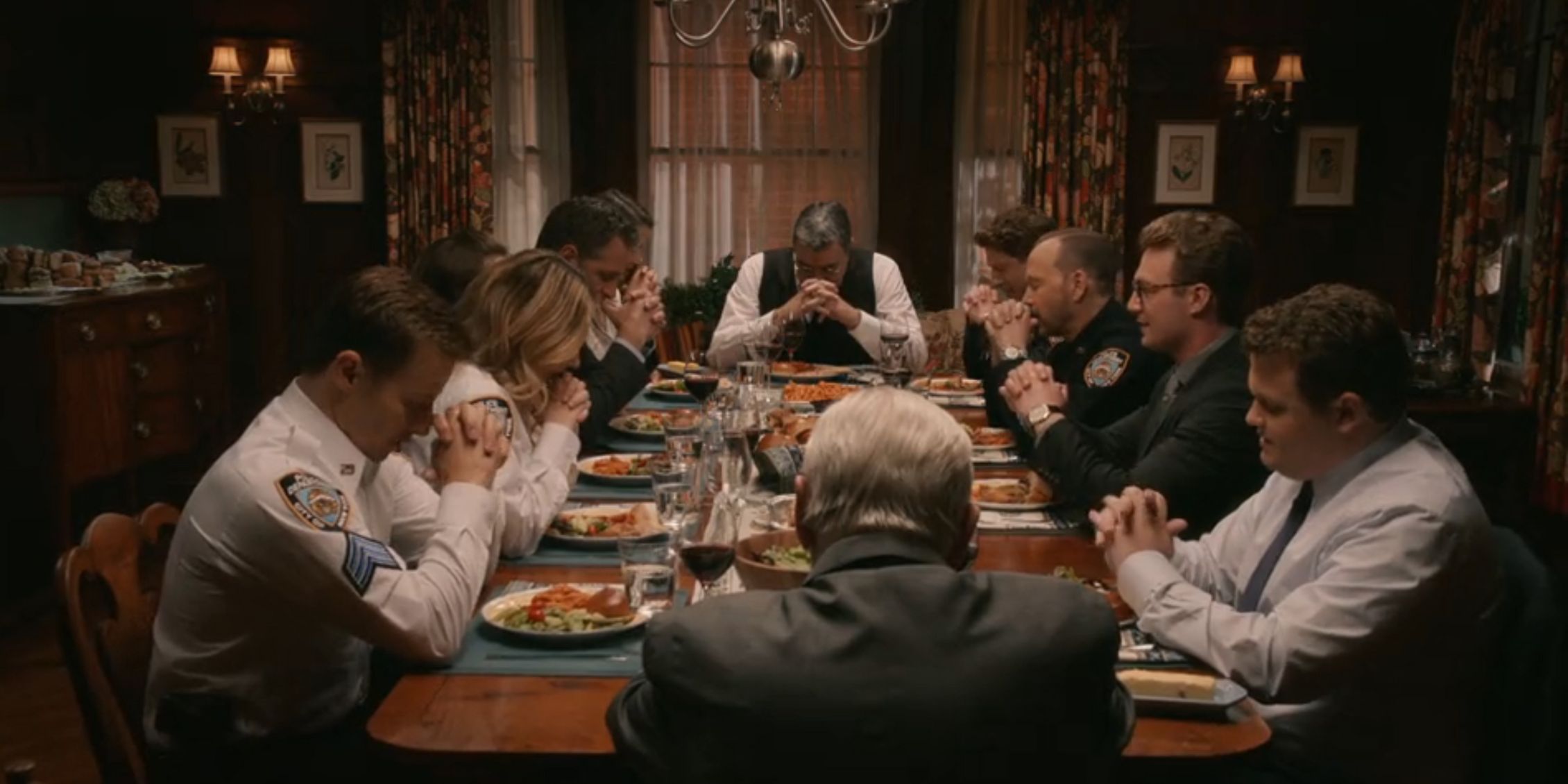
Although there was a massive fan-led movement to save Blue Bloods, CBS stood firm by its decision to cancel the long-running police procedural. The network’s reasons for doing so were mostly financial, as Blue Bloods was more expensive to produce than other shows. There were a variety of reasons for the expense, including that the series was filmed in New York and that it had a large cast that remained with the show for all fourteen seasons.
Blue Bloods is different from other long-running procedurals such as Law & Order: SVU in that it maintained the same core cast throughout its run. This is unusual for a series that ran for over a decade. In many cases, talent wants to move on after five or more years on the same TV show, leading to cast turnover. Thus, the longest-running projects usually have a few, if any, original cast members left by the time they hit the ten-year mark.
While Blue Bloods’ intact ensemble cast was a testimony to the family atmosphere both on and off-screen, it also made the show less affordable. Actors typically get pay raises every year, so talent who has been with a series for over a decade will be more expensive to hire than those who have only been with the show for a few years. There were five main members of Blue Bloods‘ cast and six secondary members, all of whom needed to be paid at higher rates — and additionally, Tom Selleck is a high-profile actor who likely commanded an even higher salary.
These high costs are responsible for many shows ending after seven years when production and talent budgets tend to skyrocket (via Deadline). Blue Bloods lasted twice as long as several other popular series, such as Young Sheldon and The Good Doctor. However, the price tag for this procedural — including payment for its large cast — was still so high that Blue Bloods‘ cast and crew’s agreement to take a 25% pay cut for season 14 wasn’t enough to make the show affordable.

